The Versatile Wonder of Petroleum Jelly
The Origins and Evolution of Petroleum Jelly
As a skincare enthusiast and researcher, I’ve always been fascinated by the history and versatility of petroleum jelly. This seemingly simple substance has a rich history dating back to the 1850s when Robert Chesebrough discovered it as a byproduct of oil drilling. Intrigued by its potential healing properties, Chesebrough refined the substance and eventually patented it as Vaseline in 1872. Since then, petroleum jelly has become a staple in households worldwide, known for its myriad uses in skincare and beyond.
The Science Behind Petroleum Jelly’s Effectiveness
What makes petroleum jelly so effective in skincare? The answer lies in its unique molecular structure and properties. Petroleum jelly is a semi-solid mixture of hydrocarbons, primarily consisting of mineral oils and waxes. This composition gives it its characteristic occlusive properties, forming a protective barrier on the skin that locks in moisture and prevents water loss. As a result, petroleum jelly has become a go-to solution for various skin concerns, from dry skin to minor cuts and burns.
Moisturizing Properties of Petroleum Jelly
The Ultimate Moisture Barrier
Petroleum jelly’s most well-known benefit is its ability to provide intense hydration to the skin. As an occlusive agent, it creates a protective layer on the skin’s surface, effectively sealing in moisture and preventing transepidermal water loss (TEWL). This property makes it particularly useful for treating dry, flaky skin and protecting against harsh environmental conditions. Studies have shown that petroleum jelly can reduce TEWL by up to 98%, making it one of the most effective moisturizers available.
Combating Dry Skin and Preventing Moisture Loss
When it comes to combating dry skin, I’ve found petroleum jelly to be unparalleled in its effectiveness. Its ability to create a moisture barrier is especially beneficial for those with chronic dry skin conditions, such as eczema or psoriasis. By applying a thin layer of petroleum jelly to affected areas, individuals can experience significant relief from dryness, itching, and discomfort. Additionally, petroleum jelly can be used preventatively to protect the skin from moisture loss in harsh weather conditions or low-humidity environments.
Is Petroleum Jelly a Suitable Treatment for Burns?
Healing Properties for Minor Wounds and Burns
Accelerating the Healing Process
One of the most remarkable properties of petroleum jelly is its ability to promote wound healing. When applied to minor cuts, scrapes, or burns, petroleum jelly creates a protective barrier that keeps the wound moist and promotes faster healing. This moist environment prevents scab formation, which can interfere with the healing process and potentially lead to scarring. By maintaining optimal moisture levels, petroleum jelly allows new skin cells to move more easily across the wound surface, accelerating the healing process.
Scientific Evidence Supporting Wound Healing Benefits
Numerous studies have demonstrated the efficacy of petroleum jelly in wound healing. A landmark study published in the Journal of the American Academy of Dermatology found that wounds treated with petroleum jelly healed faster and with less scarring compared to those left to heal naturally 1. Another study in the British Journal of Surgery showed that petroleum jelly was as effective as antibiotic ointments in preventing infection in minor wounds, without the risk of antibiotic resistance 2. These findings highlight the importance of keeping wounds moist for optimal healing, a principle in which petroleum jelly excels.
Preventing and Treating Chapped Lips
The Secret to Soft, Supple Lips
As someone who has struggled with chapped lips, especially during harsh winter months, I can attest to the effectiveness of petroleum jelly in preventing and treating this common condition. The occlusive properties of petroleum jelly make it an excellent lip balm, providing a protective barrier against wind, cold, and dry air. By applying a thin layer of petroleum jelly to the lips, you can prevent moisture loss and keep your lips soft and supple throughout the day.
Subtitle: Addressing the Root Causes of Chapped Lips
Petroleum jelly not only treats the symptoms of chapped lips but also addresses the underlying causes. Chapped lips often result from a combination of factors, including dehydration, sun exposure, and harsh weather conditions. By creating a protective barrier, petroleum jelly helps to lock in moisture and prevent further damage from environmental factors. Additionally, its emollient properties help to soften and smooth the lip surface, promoting healing and reducing the appearance of cracks and flakes.
petrolatum in lip balm manufacturing
Managing Eczema and Psoriasis Symptoms
A Gentle Solution for Sensitive Skin Conditions
For individuals suffering from chronic skin conditions like eczema and psoriasis, finding effective and gentle treatments can be challenging. Petroleum jelly has emerged as a valuable tool in managing these conditions due to its non-irritating and hypoallergenic nature. By creating a protective barrier on the skin, petroleum jelly helps to reduce inflammation, relieve itching, and prevent further irritation. This makes it an ideal choice for those with sensitive skin who may react negatively to other, more complex skincare products.
Clinical Evidence Supporting Petroleum Jelly’s Efficacy
Numerous clinical studies have demonstrated the benefits of petroleum jelly in managing eczema and psoriasis symptoms. A study published in the Journal of the American Academy of Dermatology found that regular use of petroleum jelly as a moisturizer significantly reduced the severity of atopic dermatitis symptoms in children 3. Another study in the British Journal of Dermatology showed that petroleum jelly was effective in improving skin barrier function and reducing inflammation in patients with psoriasis 4. These findings underscore the importance of incorporating petroleum jelly into the skincare routines of those with chronic skin conditions.
Protecting Skin During Harsh Weather Conditions
Your Skin’s Shield Against the Elements
As someone who enjoys outdoor activities year-round, I’ve come to rely on petroleum jelly as an essential tool for protecting my skin against harsh weather conditions. Whether it’s the biting cold of winter or the scorching heat of summer, petroleum jelly provides a protective barrier that helps to prevent damage from extreme temperatures and environmental factors. By applying a thin layer to exposed skin before heading outdoors, you can significantly reduce the risk of windburn, chapping, and other weather-related skin issues.
Adapting Petroleum Jelly Use for Different Climates
One of the great things about petroleum jelly is its versatility in different climates. In cold weather, it helps to prevent moisture loss and protect against wind damage. In hot, humid conditions, it can be used to prevent chafing and irritation in areas prone to friction. For those living in dry climates, petroleum jelly can be an invaluable tool for maintaining skin hydration and preventing cracking and flaking. By understanding how to adapt your use of petroleum jelly to different environmental conditions, you can keep your skin healthy and protected year-round.
Petroleum Jelly as a Makeup Remover and Primer
The Multitasking Beauty Secret
In my years of exploring skincare and beauty techniques, I’ve discovered that petroleum jelly is not just for healing and protection – it’s also a versatile tool in the makeup application and removal process. As a gentle and effective makeup remover, petroleum jelly excels at breaking down even the most stubborn waterproof cosmetics without irritating the delicate skin around the eyes. Its slippery texture allows for easy removal of makeup without excessive rubbing or tugging, which can lead to premature aging and skin damage. Additionally, petroleum jelly can serve as an excellent primer for certain makeup applications, creating a smooth base for eyeshadow or highlighting cheekbones.
Innovative Uses in Beauty Routines
Beyond its basic uses, I’ve found that petroleum jelly can be incorporated into beauty routines in innovative ways. For instance, mixing a small amount with loose pigments can create custom cream eyeshadows or blushes. It can also be used to tame unruly eyebrows, add shine to eyelids for a glossy look, or even create a dewy finish on the cheekbones. These versatile applications make petroleum jelly a valuable addition to any makeup kit, offering both practical and creative solutions for beauty enthusiasts.
cosmetic petroleum jelly manufacturer in India
Petroleum Jelly in Nail and Cuticle Care
Nurturing Healthy Nails and Cuticles
As someone who values the health and appearance of my nails, I’ve found petroleum jelly to be an indispensable tool in nail and cuticle care. Regular application of petroleum jelly to the cuticles helps to moisturize and protect this delicate skin, preventing dryness, cracking, and hangnails. This simple practice not only improves the appearance of the nails but also promotes overall nail health by maintaining the integrity of the nail bed.
Strengthening Nails and Preventing Damage
Beyond cuticle care, petroleum jelly can play a crucial role in strengthening nails and preventing damage. By applying a thin layer to the nails before using nail polish, you can create a protective barrier that prevents the polish from staining or weakening the nail. Additionally, massaging petroleum jelly into the nails and surrounding skin after removing the polish can help to replenish moisture and nourish the nails, promoting strength and flexibility. This simple step can make a significant difference in the health and appearance of your nails over time.
Petroleum Jelly for Hair Care and Styling
Unlocking the Potential of Petroleum Jelly for Hair
While primarily known for its skin benefits, I’ve discovered that petroleum jelly can also be a valuable asset in hair care and styling routines. For those with dry, brittle hair or split ends, applying a small amount of petroleum jelly to the ends of the hair can help to seal in moisture and prevent further damage. This is particularly beneficial for those with curly or oily hair textures, which are prone to dryness and breakage.
Versatile Styling Applications
In addition to its moisturizing properties, petroleum jelly can be used as a styling aid for various hair types. It can help to tame flyaways and frizz, add shine to dull hair, and even assist in creating sleek, polished hairstyles. For those with natural hair, petroleum jelly can be an effective edge control product, helping to smooth and lay down baby hairs. However, it’s important to use petroleum jelly sparingly on the hair to avoid a greasy appearance and potential buildup.
Petroleum Jelly in Preventing and Treating Diaper Rash
A Gentle Solution for Delicate Skin
As a parent and skincare enthusiast, I’ve found petroleum jelly to be an invaluable tool in preventing and treating diaper rash. Its occlusive properties create a protective barrier on the baby’s skin, preventing irritation from prolonged exposure to moisture and friction. By applying a thin layer of petroleum jelly during each diaper change, parents can significantly reduce the risk of diaper rash and keep their baby’s skin healthy and comfortable.
Evidence-Based Benefits for Infant Skincare
Research supports the use of petroleum jelly in infant skincare. A study published in the Journal of Pediatrics found that regular application of petroleum jelly to newborns’ skin significantly reduced the incidence of atopic dermatitis 1. Another study in the Archives of Pediatrics & Adolescent Medicine demonstrated that petroleum jelly was as effective as zinc oxide in preventing and treating diaper rash, with the added benefit of being easier to apply and remove 2. These findings highlight the importance of incorporating petroleum jelly into infant skincare routines for both prevention and treatment of common skin issues.
Is petroleum jelly safe for babies?
Petroleum Jelly in Medical Settings
A Staple in Medical Care and First Aid
Throughout my research and experiences in healthcare settings, I’ve observed the widespread use of petroleum jelly in various medical applications. Its ability to create a protective barrier makes it invaluable in wound care, particularly for preventing infection and promoting healing in minor cuts, scrapes, and burns. Petroleum jelly is often used in hospitals and clinics to lubricate medical equipment, protect skin during radiation therapy, and even as a base for certain topical medications.
Innovative Medical Applications
Beyond traditional petrolatum uses, petroleum jelly has found innovative applications in medical research and treatment. For instance, studies have explored its potential to reduce the risk of bloodstream infections in patients with central venous catheters 3. Additionally, petroleum jelly has been investigated as a potential barrier method for preventing sexually transmitted infections, although more research is needed in this area 4. These emerging applications highlight the ongoing relevance and versatility of petroleum jelly in medical settings.
The Enduring Value of Petroleum Jelly in Skincare
Summarizing the Multifaceted Benefits
As we’ve explored throughout this comprehensive blog post, petroleum jelly stands out as a versatile and effective solution for a wide range of skin conditions and cosmetic applications. From its moisturizing properties and wound-healing capabilities to its use in beauty routines and medical settings, petroleum jelly continues to prove its worth as a skincare staple. Its simplicity, affordability, and gentle nature make it accessible to people of all ages and skin types, offering a reliable solution for common skin concerns.
Looking to the Future of Petroleum Jelly in Skincare
As research continues to uncover new applications and benefits of petroleum jelly, it’s clear that this time-tested product will remain an essential part of skincare routines and medical treatments for years to come. While new and innovative skincare products constantly enter the market, the enduring popularity and effectiveness of petroleum jelly serve as a testament to its unparalleled versatility and reliability. By understanding and harnessing the full potential of this simple yet powerful substance, we can continue to improve skin health and address a wide range of dermatological concerns.
Footnotes
- Simpson, E. L., Chalmers, J. R., Hanifin, J. M., Thomas, K. S., Cork, M. J., McLean, W. H., … & Williams, H. C. (2014). Emollient enhancement of the skin barrier from birth offers effective atopic dermatitis prevention. Journal of Allergy and Clinical Immunology, 134(4), 818-823. ↩
- Baldwin, S., Odio, M. R., Haines, S. L., O’Connor, R. J., Englehart, J. S., & Lane, A. T. (2001). Skin benefits from continuous topical administration of a zinc oxide/petrolatum formulation by a novel disposable diaper. Journal of the European Academy of Dermatology and Venereology, 15(s1), 5-11. ↩
- Safdar, N., & Maki, D. G. (2006). Use of vancomycin-containing lock or flush solutions for prevention of bloodstream infection associated with central venous catheters: a meta-analysis of prospective, randomized trials. Clinical Infectious Diseases, 43(4), 474-484. ↩
- Halpern, V., Ogunsola, F., Obunge, O., Wang, C. H., Onyejepu, N., Oduyebo, O., … & Ade-Ajayi, N. (2008). Effectiveness of cellulose sulfate vaginal gel for the prevention of HIV infection: results of a Phase III trial in Nigeria. PLoS One, 3(11), e3784. ↩
- Jurczak, F., Dugré, T., Johnstone, A., Offori, T., Vujovic, Z., & Hollander, D. (2007). Randomised clinical trial of Hydrofiber dressing with silver versus povidone-iodine gauze in the management of open surgical and traumatic wounds. International Wound Journal, 4(1), 66-76. ↩
- Heal, C., Buettner, P., Raasch, B., Browning, S., Graham, D., Bidgood, R., … & Drobetz, H. (2009). Can sutures get wet? Prospective randomised controlled trial of wound management in general practice. BMJ, 338, b2947. ↩
- Simpson, E. L., Chalmers, J. R., Hanifin, J. M., Thomas, K. S., Cork, M. J., McLean, W. H., … & Williams, H. C. (2014). Emollient enhancement of the skin barrier from birth offers effective atopic dermatitis prevention. Journal of Allergy and Clinical Immunology, 134(4), 818-823. ↩
- Ghadially, R., Halkier-Sorensen, L., & Elias, P. M. (1992). Effects of petrolatum on stratum corneum structure and function. Journal of the American Academy of Dermatology, 26(3), 387-396. ↩

This is Kamran Malekian working in the petroleum jelly manufacturing industry for Navid Noor Company since 2013 I am eager to make content in this industry and have a good impact on professional users and people using cosmetic and pharmaceutical products.
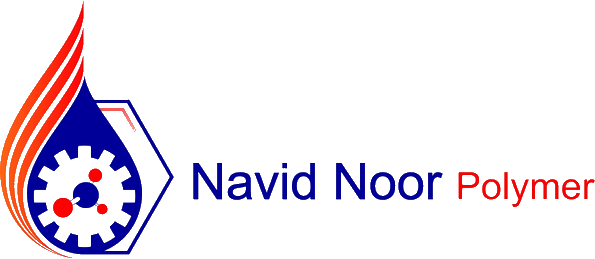
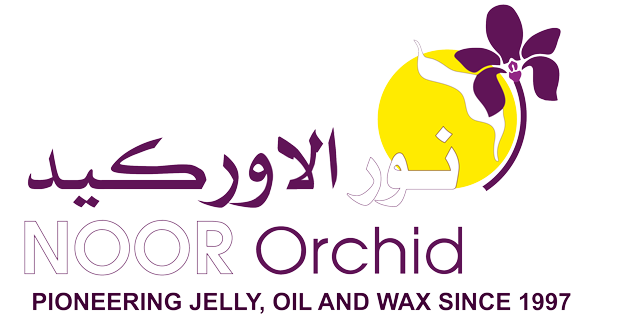





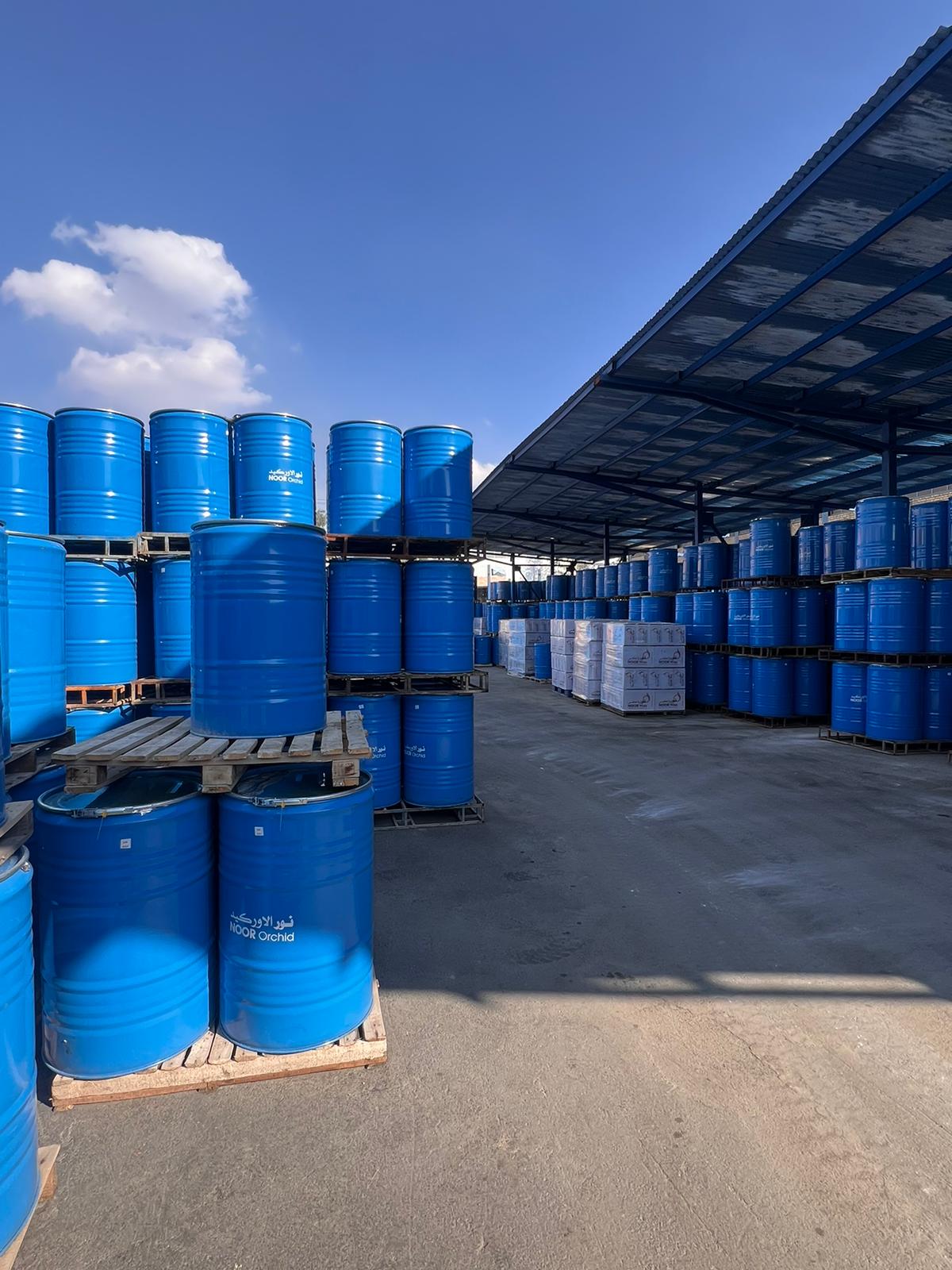
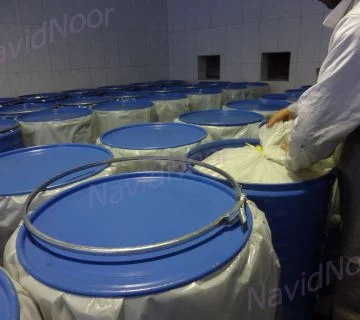
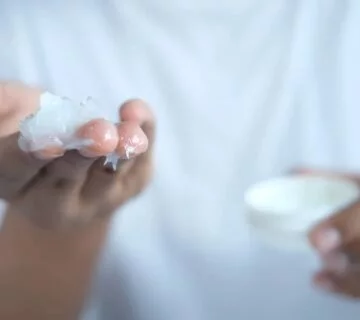
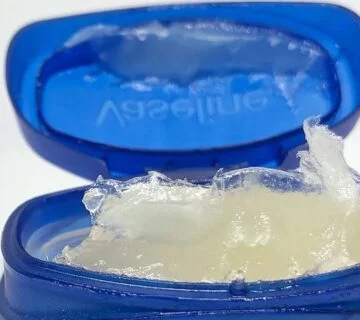
No comment